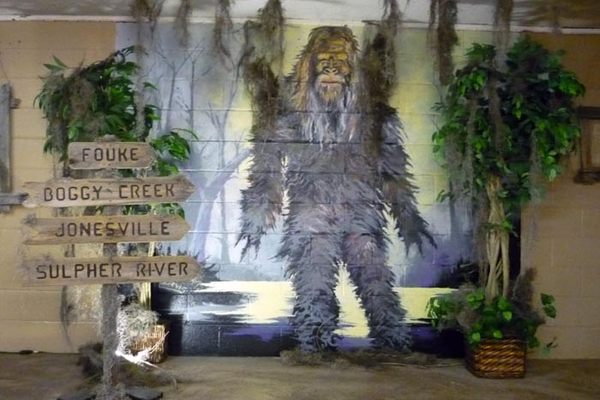About
In Japanese folklore, the kappa is a bipedal, turtle-like aquatic goblins who sometimes grabs unsuspecting humans, often children, as they walk over bridges or through swamps, pulling them down into the muck to drown them.
The fishy-smelling kappa's most distinct feature is the bowl-like dent on the top of its head, which it must keep filled with water at all times to stay alive. There is also a curious myth about a fictitious, mysterious organ called shirikodama ("anus ball"), for which the creature reportedly kills its victims for.
The Tokyo neighborhood of Kappabashi adopts the kappa as its mascot, even though the "kappa" in its name simply comes from a homophonous word meaning "raincoat," deriving from Portuguese capa. In this case, it comes from the name of a local merchant, Kappaya ("raincoat-seller") Kihachi, who funded the construction of a canal to prevent flood damages.
During the canal's construction, it is said that the kappa came from the nearby Sumida River and helped Kihachi. When he died in 1814 he was buried at Sōgen-ji, a 17th-century temple that eventually became known as the Kappa-dera ("kappa temple").
Today, the temple still stands there and its altar is kept piled high with offerings of cucumbers - said to be the kappa's favorite food - and its treasure chamber contains antique scroll-drawings of the goblins and even the mummified arm of a kappa.
Visitors should keep an eye out for the numerous statues of kappa that stand outside local shops in the area. Some of these are cute and cuddly, but others are decidedly creepy.
If you ever encounter a real kappa, remember that some kappa are good-natured, like the others who helped Kihachi, and some are mischievous and harmless, though there are murderous ones, too. The kappa often challenges children to a sumo match, and even though it's incredibly strong (and will eat your internal organs if you lose), there is a chance to win: bow to it as the match begins, and it will oblige the creature to bow in return, emptying its head-bowl and losing its strength.
Related Tags
Know Before You Go
The kappa temple is just west of the Asakusa district, and a five-minute taxi-ride, or 15-minute walk, from Ueno JR station on the Yamanote and Keihin-Tohoku lines. It is also a 10-minute walk from the Iriya (Hibiya line) and Inaricho (Ginza line) Tokyo Metro stations, and a 7-minute walk from the Asakusa station of the Tsukuba Express line.
Hidden Japan: Sado Island, Nara & Kyoto
Explore a different side of Japan.
Book NowCommunity Contributors
Added By
Edited By
Published
June 2, 2013







































































